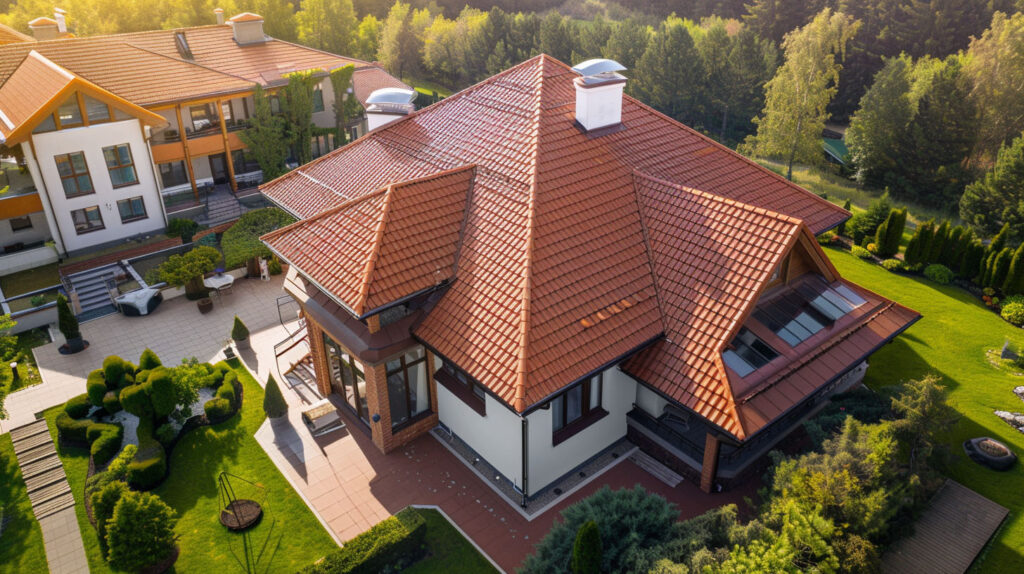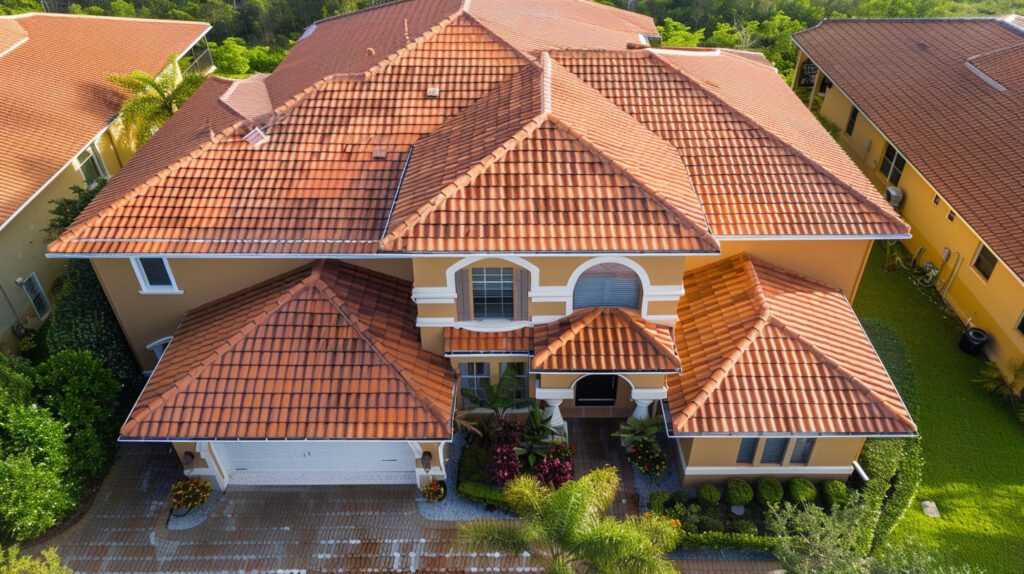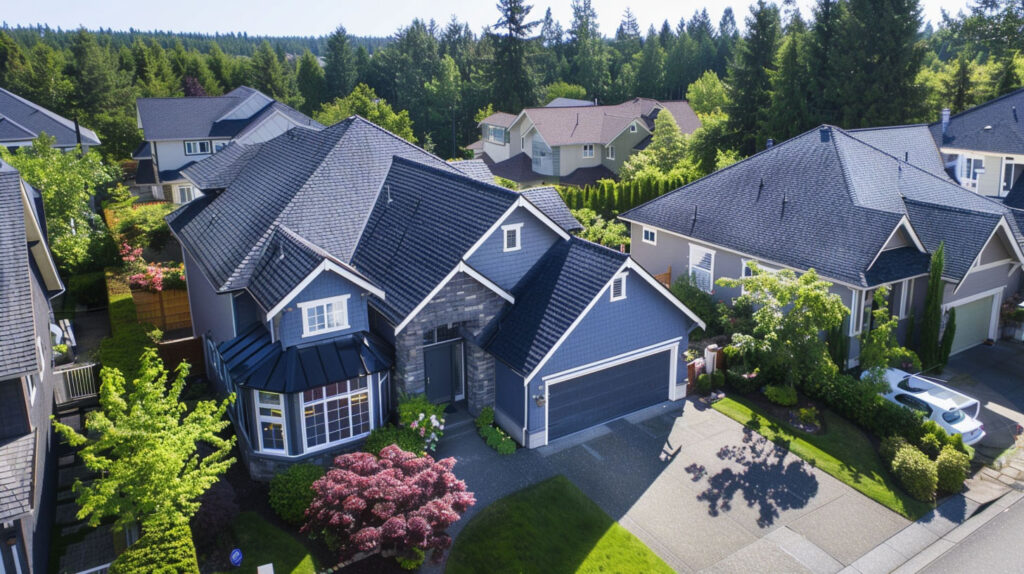How Roof Color Affects Your Home’s Energy Efficiency: Explained
The impact of roof color on your home’s energy efficiency often comes as a surprise to homeowners. Beyond aesthetics, the roof can influence your energy bills significantly. Whether it’s reducing cooling costs during hot summers or retaining heat in cold winter months, the right roof color matters more than you might think. At Specialist Roofing & Repair, we specialise in solutions tailored to Long Beach, CA’s unique climate needs. Let us guide you to make a smart, energy-efficient choice.
How Roof Color Affects Energy Efficiency
In Long Beach, CA, your roof color isn’t just about curb appeal; it’s also a deciding factor for your home’s energy efficiency. Dark colors absorb more heat, raising indoor temperatures, while lighter hues reflect sunlight, keeping your home cooler.
Additionally, your home design and insulation play a critical role in how your roof color impacts energy costs. A lighter roof in Long Beach’s sunny climate can help you lower cooling costs significantly while maintaining comfortable indoor temperatures year-round.
The Science Behind Roof Color and Heat Absorption
Roof color plays a critical role in heat absorption, influencing the energy efficiency of your home significantly. Lighter colors, such as white or light gray, reflect more sunlight, resulting in less heat retention, which leads to a cooler indoor temperature. Conversely, darker shades absorb more heat, causing higher indoor temperatures, particularly during the hot summer months. Understanding this relationship allows homeowners to make informed decisions about roof color, balancing aesthetic preferences and environmental impact while optimizing consumption and lowering energy bills.

Impact of Local Climate on Roof Color Performance
Local climate plays a crucial role in determining the effectiveness of roof color in enhancing energy efficiency. In hotter regions, lighter colors reflect more sunlight, significantly reducing heat absorption and maintaining a comfortable indoor temperature. Conversely, darker roofs may be more beneficial in colder climates, absorbing heat during winter months. By understanding the climate-specific impact of roof color, homeowners can make informed choices that align with their architectural style, ultimately optimizing energy consumption and minimizing energy bills.
Comparing Light vs. Dark Roof Colors
Light-colored roofs reflect sunlight, keeping homes cooler and reducing air conditioning usage during the year’s warmer months. These roofs are ideal for improving costs in sunlit climates like Long Beach.
In contrast, darker-colored roofs absorb heat and can help retain warmth during cooler winter months. Their ability to store heat might cut heating expenses during colder periods. Selecting between light and dark is not just about aesthetics; it’s about maintaining indoor temperatures efficiently based on your home’s location.
Temperature Regulation and Indoor Comfort
The choice of roof color plays a significant role in maintaining a comfortable indoor temperature throughout the year. Lighter colors tend to reflect sunlight, resulting in lower energy consumption during hot summer months. This reflective property helps in keeping indoor temperatures cooler, thereby reducing reliance on air conditioning systems. Conversely, darker roofs can absorb more heat, often leading to higher indoor temperatures that could inflate energy bills. Selecting the right color for your roof ultimately aligns with the energy efficiency of your home and enhances indoor comfort.
Effects on Cooling and Heating Costs
The color of your roof plays a significant role in determining your home’s energy costs. Lighter colors tend to reflect more sunlight, resulting in lower cooling costs during hot summer months. This reflective property helps maintain a comfortable indoor temperature, thereby reducing the strain on your HVAC system. In contrast, darker roofs absorb more heat, often leading to higher indoor temperatures and increased energy consumption during the winter months, resulting in elevated heating costs. Opting for the right roof color can yield substantial energy savings.
Reflective Roofing Materials and Modern Energy-Efficient Technologies
Modern reflective materials and energy-efficient technologies are revolutionising roofing choices. Materials like metal roofing and cool roof systems are designed with high solar reflectance to manage temperatures effectively.
The introduction of cool roof technology, found in brands such as Owens Corning and GAF, further enhances homes’ energy performance. These options help lower energy bills while maximising reflective properties, making ideal for Long Beach’s sun-filled climate. Let us show you how these technologies transform your roofing decisions efficiently.

Popular Brands Offering Reflective Solutions
Several well-established brands are leading the charge in providing reflective roofing solutions that significantly enhance energy efficiency. Owens Corning, for example, offers a range of cool roofing products designed with reflective properties to minimize heat absorption. Polyglass, GAF, and CertainTeed also feature innovative technologies that align with environmentally conscious choices while addressing personal preferences for style and design. ASC’s reflective roofs not only contribute to lower energy bills but also maintain comfortable indoor temperatures throughout all seasons, further enhancing the overall energy efficiency of your home.
Benefits of Cool Roof Coatings
Cool roof coatings bring cost-effectiveness and energy-saving benefits for Southern California homeowners:
- Lower energy bills due to reduced air conditioning usage.
- Less heat absorption, contributing to a cooler home.
- Minimized environmental impact with decreased energy consumption.
- Improved overall energy efficiency, fitting Long Beach’s sunny lifestyle.
Specialist Roofing & Repair works with leading brands like Polyglass and ASC, known for innovative cool roof coatings that align with Long Beach’s climate challenges, making homes eco-friendlier and wallet-friendly.
Get in Touch
Choosing the right roof color can significantly influence your home’s energy efficiency and overall comfort. Lighter shades tend to reflect sunlight, thereby reducing heat absorption and maintaining a comfortable indoor temperature, particularly in warmer climates. Conversely, darker roofs often absorb more heat, leading to higher energy bills during the summer months. By considering the impact of roof color alongside your home’s design and local climate, you can make an informed decision that aligns with both your aesthetic preferences and energy savings goals.

Frequently Asked Questions
What color roof is more energy-efficient?
Light-colored roofs are more energy-efficient, as reflect sunlight, reducing heat absorption and helping lower energy bills. In contrast, dark roofs absorb heat, which may increase cooling costs in warm climates but can be beneficial during colder seasons.
What is the best color for energy efficiency in a house?
The most energy-efficient roof color depends on your climate and home’s architectural style. Lighter colors with high reflective properties are ideal for warmer regions, while darker shades can help with heat retention in winter. Cool roofs offer efficiency regardless of color choice.
Read our blog: Home Insurance and Roofing Claims: What You Should Know



